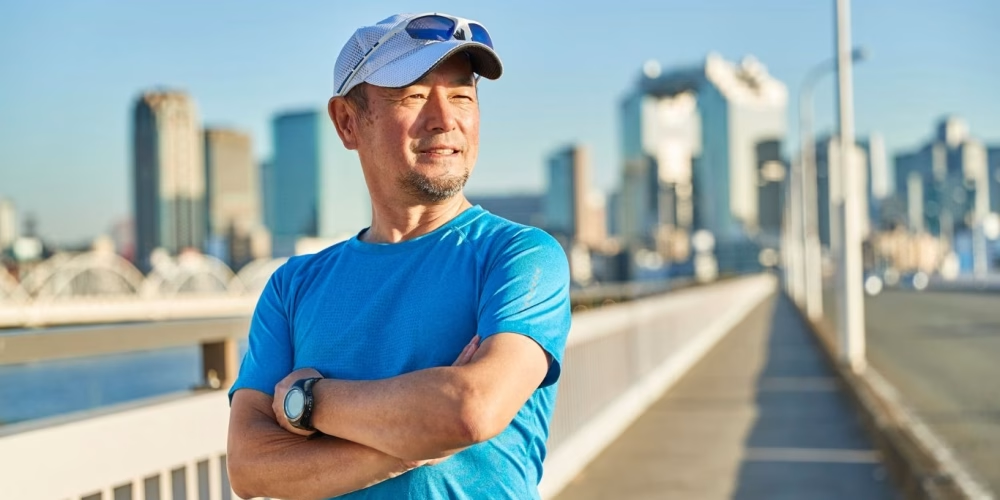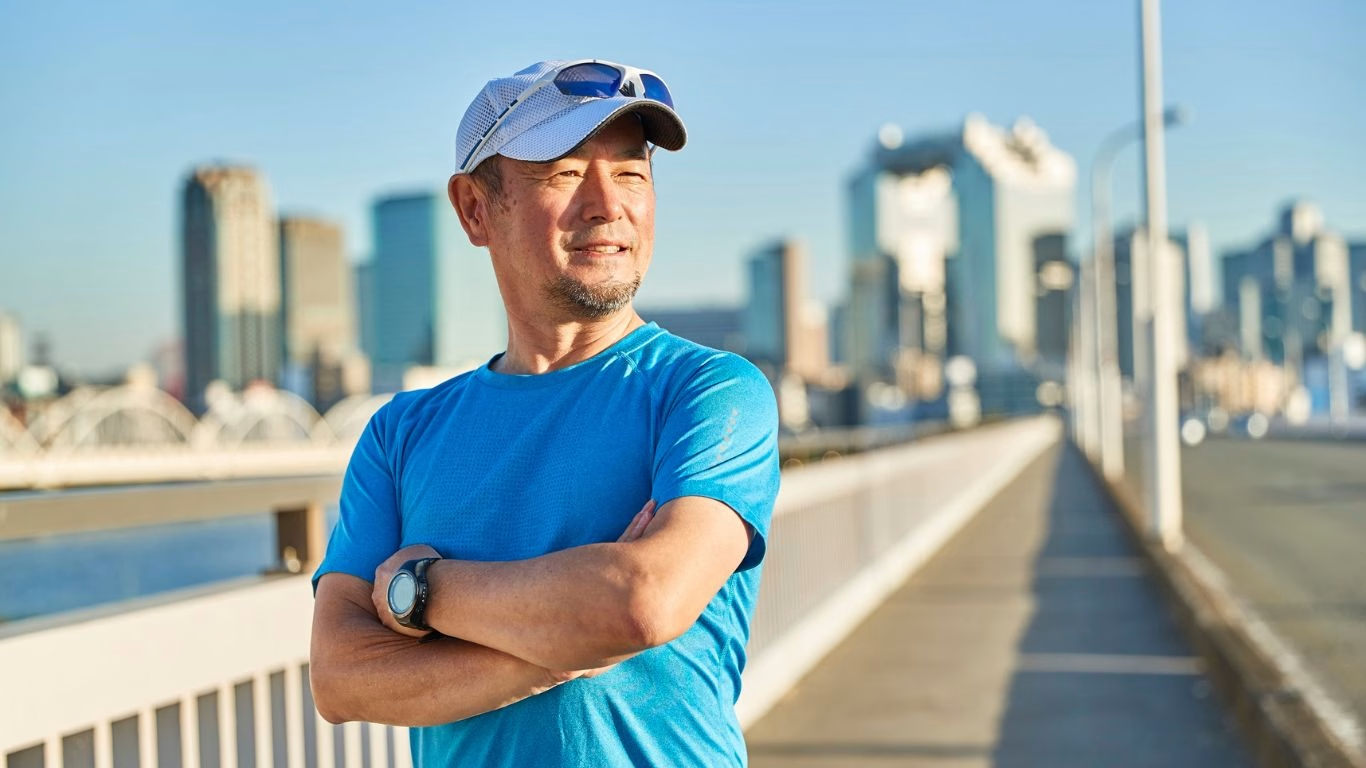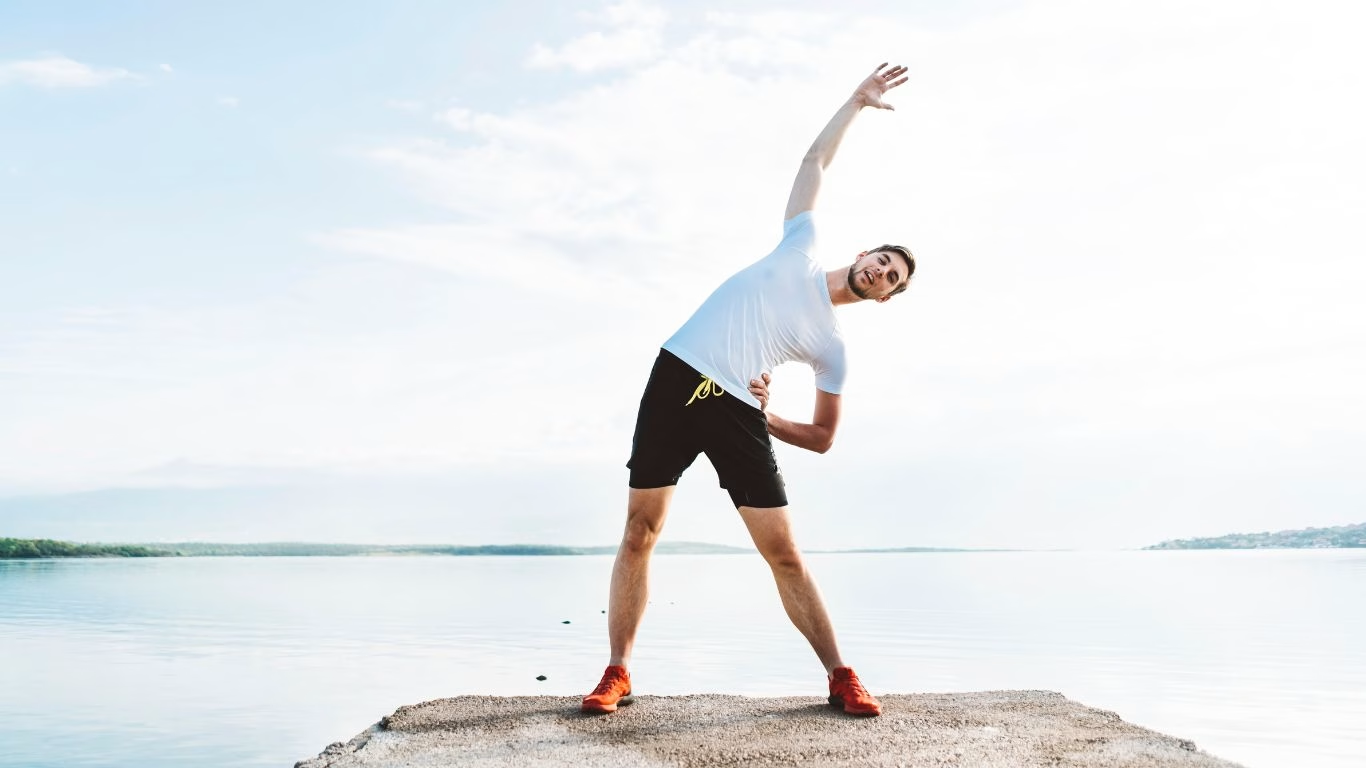Exercise isn’t just for the young or ultra-fit. It’s a cornerstone of health for every stage of life.
However, as we age, high-impact workouts or strenuous routines aren’t always ideal. Fortunately, several exercise styles offer gentle, accessible, and effective ways to improve strength, balance, flexibility, and wellbeing, no matter your age or fitness level.
Here are five exercise styles that are particularly well-suited to people of all ages:
1. Yoga
Yoga is a centuries-old practice that combines physical postures, breathwork, and mindfulness. Its adaptability makes it perfect for everyone, from beginners to experienced practitioners.
Benefits include:
- Improved flexibility and strength
- Enhanced balance and posture
- Reduced stress and better emotional resilience
Research shows that yoga reduces anxiety, supports cardiovascular health, and enhances mobility in older adults.
2. Tai Chi
Originating in China as a martial art, Tai Chi is characterised by slow, flowing movements coordinated with deep breathing. It’s gentle on the joints, making it ideal for older adults, beginners, or anyone seeking low-impact exercise.
Key benefits:
- Improved balance and coordination
- Enhanced cognitive function and focus
- Stress reduction and relaxation
Studies show Tai Chi can reduce fall risk in seniors while improving mood and quality of life.
3. Somatic Exercise
Somatic exercises focus on internal body awareness and conscious movement rather than external performance. These gentle exercises help release tension, retrain posture, and improve coordination.
Benefits include:
- Nervous system regulation and relaxation
- Pain reduction and improved mobility
- Enhanced mind-body connection
Somatic practices are particularly useful for those recovering from injury or seeking a mindful, low-stress way to move.
4. Mindful Movement
Mindful movement includes any activity performed with intentional awareness of the body, breath, and sensations. It overlaps with yoga and Tai Chi but can also include mindful walking, gentle stretching, or flow-based routines.
Benefits include:
- Stress reduction and parasympathetic nervous system activation
- Greater body awareness and posture alignment
- Emotional resilience and mental clarity
Even short sessions of mindful movement can improve mood, reduce anxiety, and enhance overall wellbeing, according to the Natural Institute of Health.
5. Water-Based Exercise
Swimming, aqua aerobics, or gentle water walking offer low-impact cardiovascular workouts suitable for people with joint pain, arthritis, or limited mobility.
Key benefits:
- Cardiovascular conditioning without joint strain
- Strengthening muscles through natural resistance
- Increased flexibility and balance in a supportive environment
Research supports water-based exercise as effective for older adults and those seeking a safe, full-body workout.
The Takeaway
Exercise doesn’t have to be high-intensity or competitive to improve health. Yoga, Tai Chi, somatic exercise, mindful movement, and water-based workouts all offer accessible, adaptable, and evidence-backed ways to stay strong, flexible, and mentally resilient at any age.
Choosing a style that feels enjoyable and sustainable is the key. When movement is gentle, mindful, and consistent, it benefits body, mind, and spirit, and can truly last a lifetime.






